Located in the picturesque Kent countryside are the ruins of Bayham Abbey, which was constructed from golden sandstone from the early 1200s with developments at different stages in following centuries. Today, the ruins of the abbey have been set into grounds sculpted in the later 1700s by Humphry Repton, planner of Kenwood House's (London) grounds. The new Bayham Abbey mansion, ruins, and park were donated in 1961 for all to enjoy under management of Engish Heritage.
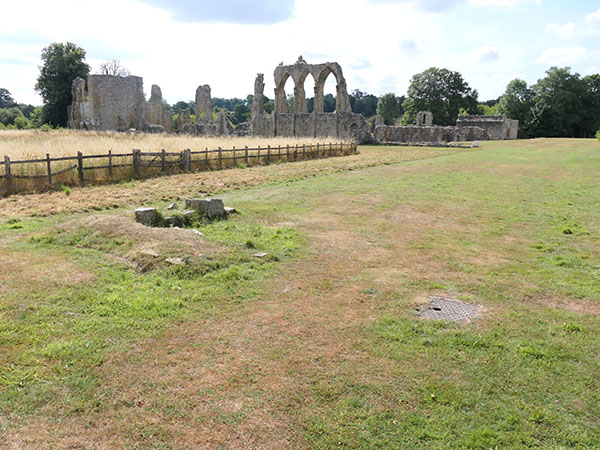
The abbey was owned by Premonstratensian canons who followed St. Augustine of Hippo. Cardinal Wlosey suppressed it in 1525 to gain money for his new colleges.
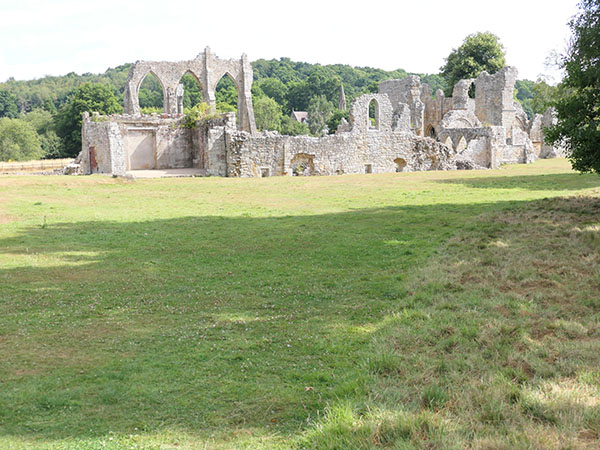

At the back side of the site is a gatehouse, which is a more modern development. It is bordering a field with views over the old ruins.
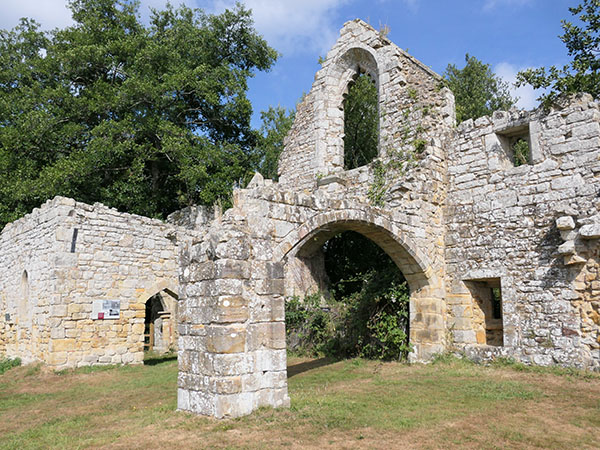
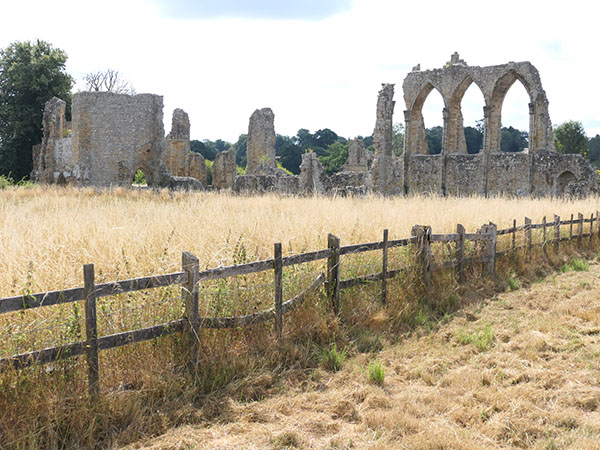
At the back of the ruins is the mansion, Bayham Abbey but known as Dower House. It dates from the mid-1700s when the property was owned by the Pratt family. The ruins were sculptued into the park in the "romantic ruins" idealisation, and an orangery was placed on the side of the ruins.
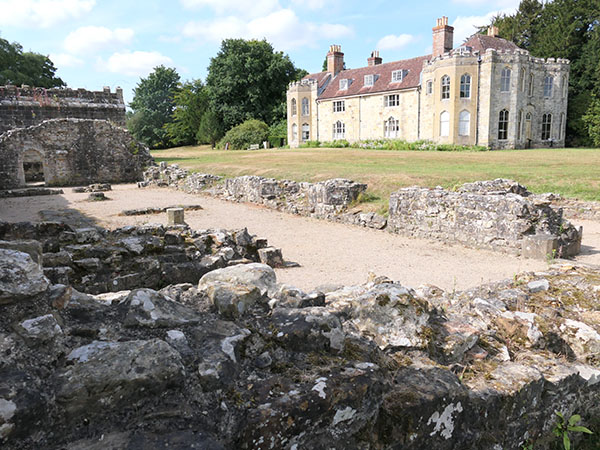
Although the site of the abbey is ruins today, visitors can make out how grand it was and the carvings in the doorways, windows, and rooflines.
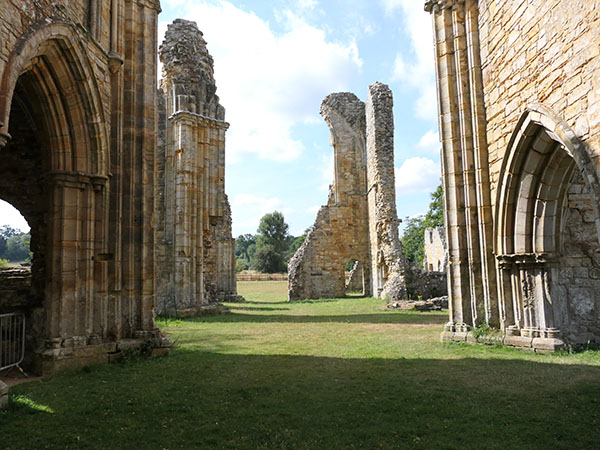

At the back of the ruins where the altar is, a large and very old tree has sprouted over the top of the brick walls, its roots inter-twined into the brickwork.
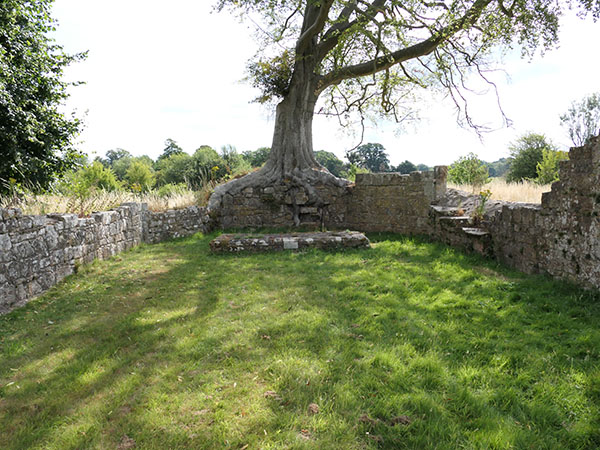
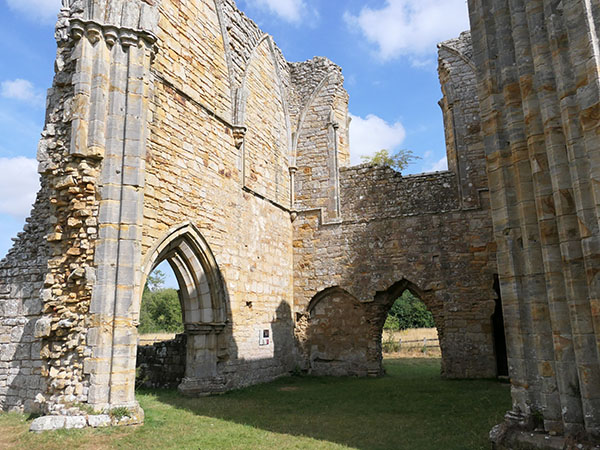
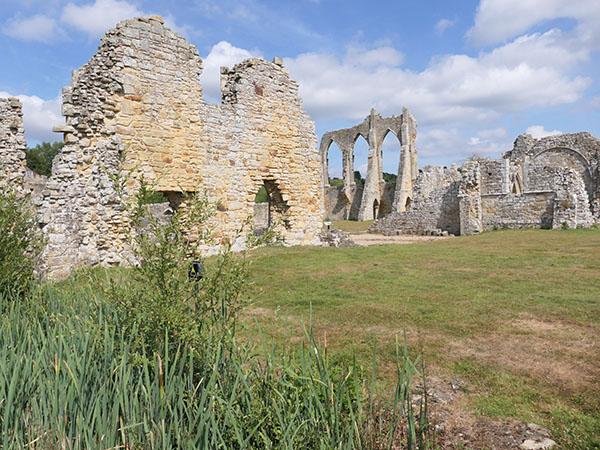
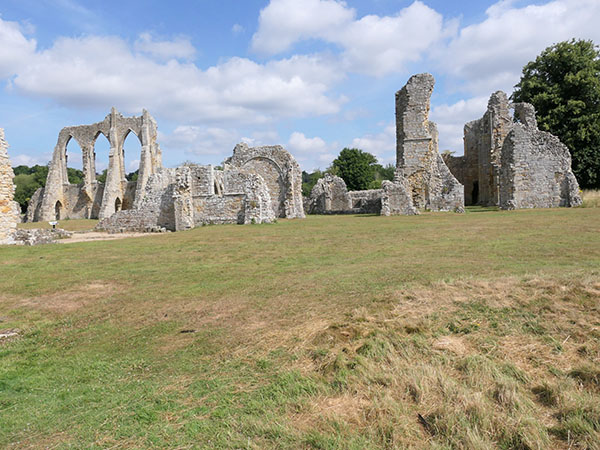
The abbey is also an infant cemetary. The grave below marks the spot of two infant sons of the Camden family who owned the mansion on the grounds.


The different areas of the abbey are marked off with various signage around.
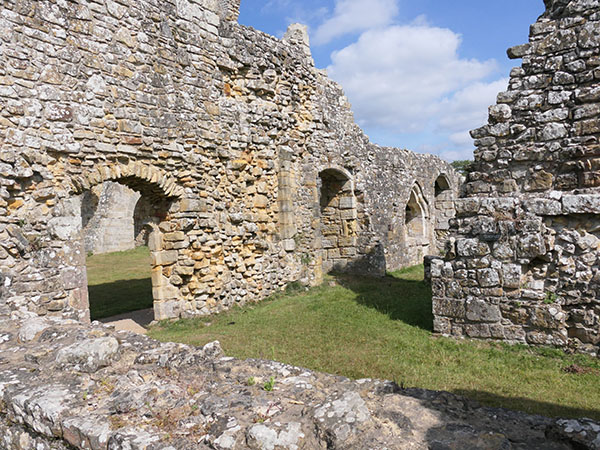
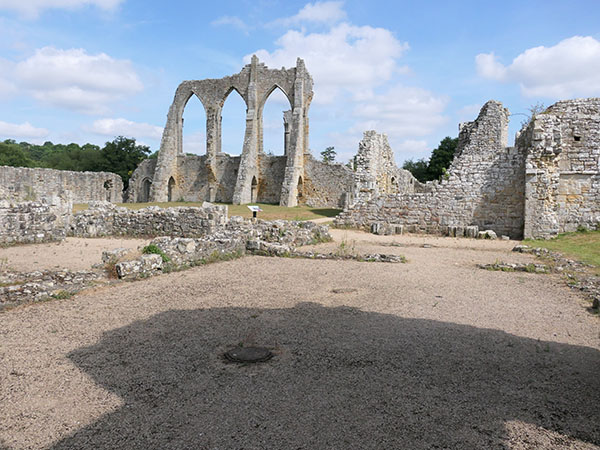
The stairs lead to the remains of the rectory, which was on the first floor with the storage on the floor below.

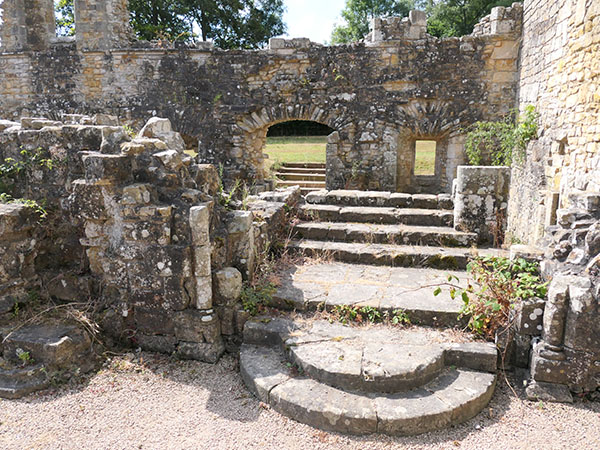
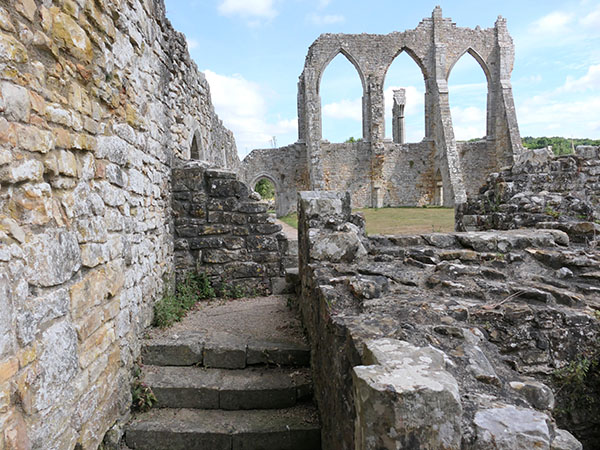
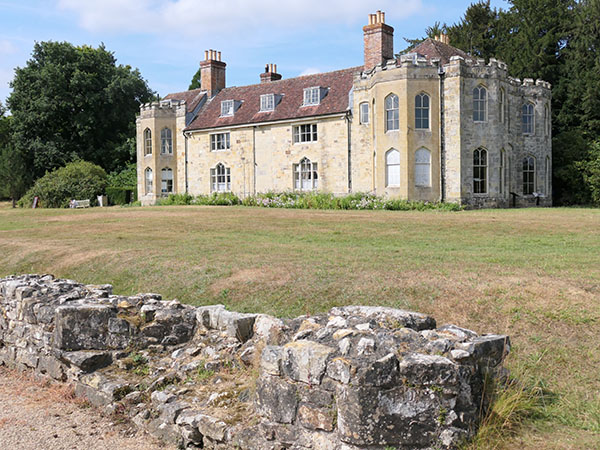
This concludes my visit to Bayham Abbey. I later discovered that there are talks at the abbey between 1pm and 3pm on Saturdays, and there is a second-hand bookstore in the mansion that is open later in the day on some weekends.
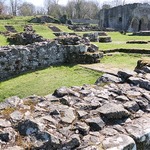
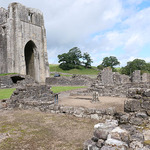
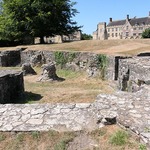
Leave a comment